FRONT & BACK BOLEOS
FRONT & BACK BOLEOS
Boleo or Voleo, but not bolero
Boleo derives from the Spanish verb BOLEAR, to throw. It comes from a tool called LARIAT, which gauchos used to capture animals. It is a set of 3 ropes of various lengths, weighted at the free end, and tied together. Thrown sideways, it wraps around the target, capturing it.
Since the pronunciation of B and V in Spanish is very similar, sometimes you can see the name of the figure written as Voleo. Voleo comes from the Spanish verb VOLEAR to volley, punch, or strike, especially with a racquet, paddle, or open han,d as in volleyball.
Directional and Contra Boloes
Boleo is activated by reversing a pivot, causing the dancer’s leg to swing out and return, similar to a whipping motion. Axis of the Follower is essential. Since one leg is flying, the standing one shall be firmly on the ground with no balance issues.
Depending on musical interpretation and the specific effect we wish to achieve, the accent of the boleo, its culmination, can come on the beat or off the beat. Each lead has its own characteristics - directional boleo or contra boleo.

